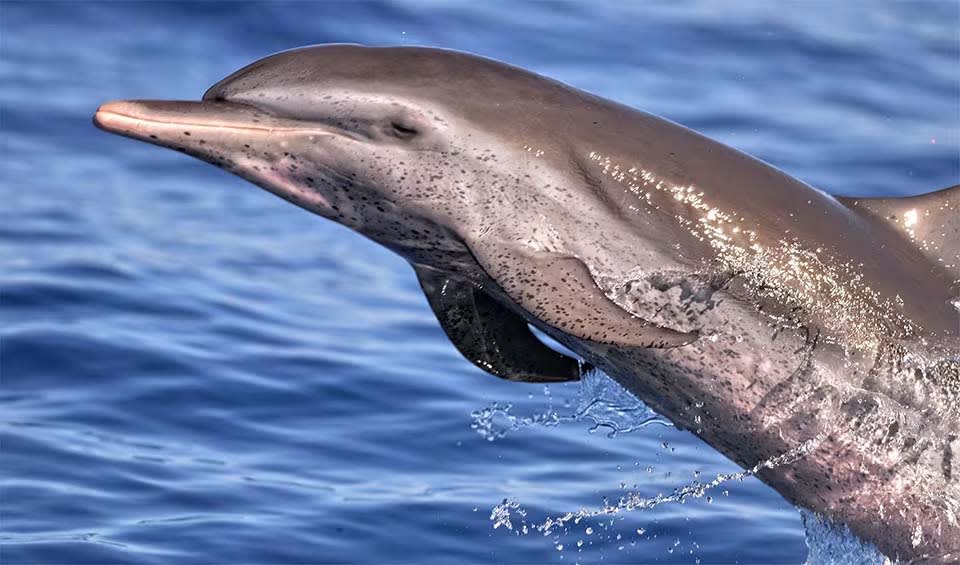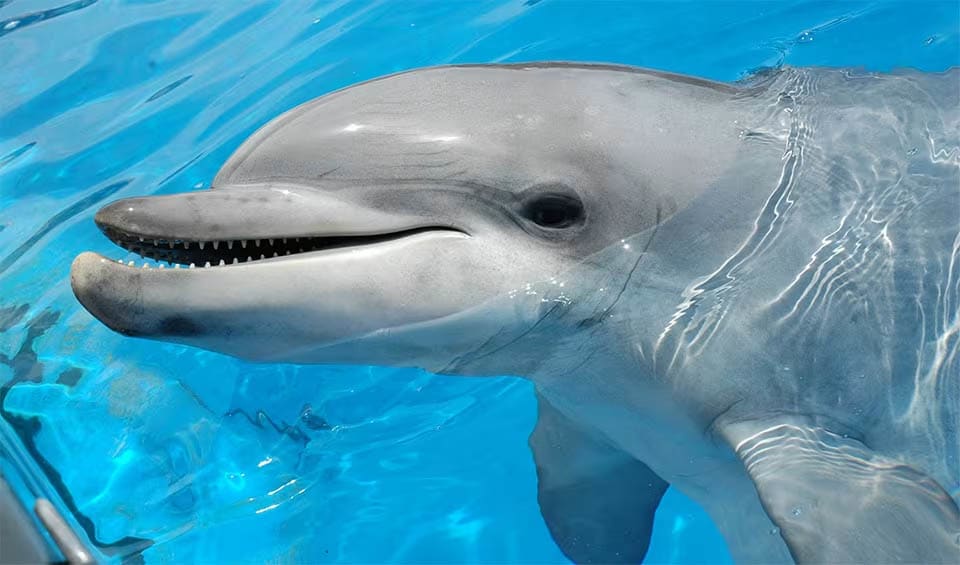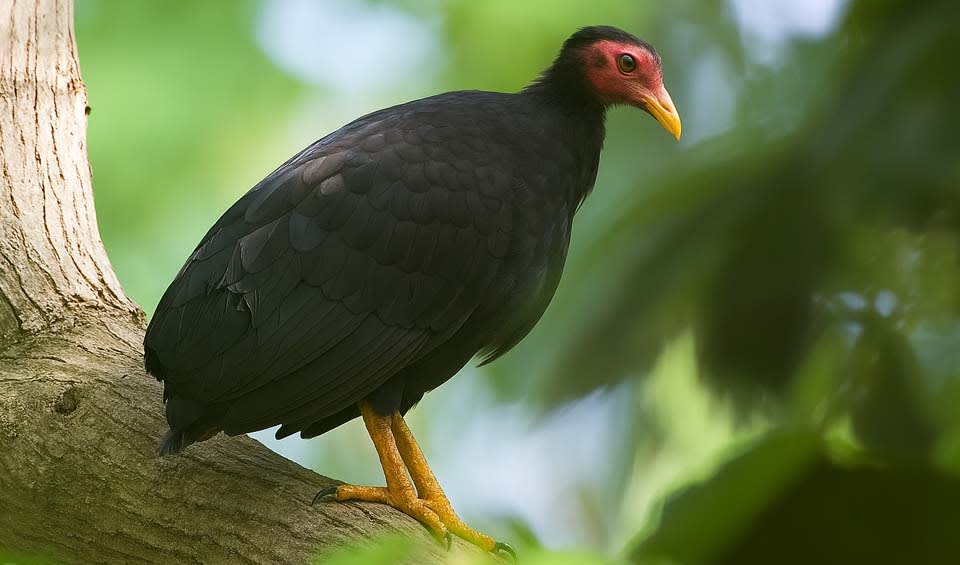Vanuatu, an archipelago in the South Pacific Ocean, is a hidden gem known for its stunning landscapes and incredible biodiversity. Comprising 83 islands, this tropical paradise offers a mix of lush rainforests, volcanic mountains, pristine beaches, and vibrant coral reefs. It lies about 1,750 km (1,087 miles) east of northern Australia, northeast of New Caledonia, west of Fiji, and southeast of the Solomon Islands. The islands are volcanic in origin, resulting in a terrain that includes both active and dormant volcanoes. This volcanic activity has shaped much of Vanuatu’s landscape, creating fertile soils that support diverse flora and fauna. The climate is tropical, with a warm and humid atmosphere year-round, making it ideal for lush vegetation and diverse ecosystems.
The landscapes of Vanuatu are nothing short of breathtaking. Dense rainforests cover much of the islands, offering a sanctuary for countless plant and animal species. These forests are interspersed with cascading waterfalls, serene rivers, and deep valleys, creating a mosaic of natural beauty. Mount Yasur, an active volcano on Tanna Island, is one of the most accessible live volcanoes in the world, providing an awe-inspiring sight with its regular eruptions.
Four pillars elaborated:
Vanuatu has a diverse range of protected areas, including Marine Protected Areas, Marine Reserves, Forest Conservation Areas, Forest Protected Areas, Recreation Reserves, and World Heritage Sites. These areas are managed under various conservation efforts to preserve the country’s rich biodiversity and cultural heritage. The Department of Environmental Protection & Conservation in Vanuatu plays a crucial role in overseeing these protected areas and works closely with local communities to maintain them, often using traditional practices like ‘taboo,’ which restricts the use of resources. Land Management
Land Management
Regarding land use, Vanuatu’s approach is multifaceted, focusing on sustainable development and balancing the needs of its growing population with environmental conservation. As of the latest estimates, the land use in Vanuatu is categorized as follows: agricultural land comprises 15.3%, with arable land at 1.6%, permanent crops at 10.3%, and permanent pasture at 3.4%. Forests cover 36.1% of the land, while other uses account for 48.6%. These statistics reflect the country’s commitment to both utilizing and conserving its land resources responsibly. Agricultural practices are designed to support the livelihoods of the local population while ensuring the conservation of forests and other natural habitats. The “other uses” category likely includes urban development, infrastructure, and possibly areas set aside for cultural significance or community use. Vanuatu’s land use policies are geared towards promoting equity, sustainable development, and risk and vulnerability management, particularly in the face of climate change challenges.
Vanuatu’s biodiversity is threatened by several factors, including over-exploitation of plant and animal resources, leading to the decline of species such as coconut crabs, kava, and sandalwood. The destruction of rainforests for agriculture and development, as well as the degradation of freshwater habitats due to over-exploitation and vegetation clearing, significantly impacts ecosystems. Invasive species, such as vines from World War II, water hyacinth, feral pigs, rats, fire ants, African snails, and Indian Mynah Birds, further threaten native flora and fauna. Additionally, cyclonic events during the wet season can devastate natural environments, reducing the populations of various species. Threats to Biodiversity
Threats to Biodiversity
The Overarching Productive Sector Policy (2012-2017), driven by the Prime Minister’s Office, integrates biodiversity-oriented strategies focusing on agriculture, fisheries, and forestry to ensure food security, livelihoods, and sustainable commodity export industries. The Vanuatu Agricultural Research Training Center (VARTC) conserves and diversifies traditional and cash crops, contributing to agricultural development. The National Advisory Board on Climate Change coordinates sector-specific climate change adaptation efforts, while the Vanuatu National Forest Policy 2013-2023 addresses climate change mitigation and adaptation. The Department of Biosecurity’s “Weed Management Project” uses biological controls to manage invasive weeds. Additionally, the Mines and Minerals Department has established the National Offshore Mineral Committee and developed a Deep Sea Mineral Policy to regulate offshore mining activities. Capacity and Governance
Capacity and Governance
The Vanuatu Biodiversity Strategy and Action Plan (NBSAP) 2018-2030 outlines the country’s goals and actions for conserving and sustainably managing its biodiversity, building on the previous NBSAP (2003-2012). It addresses challenges like climate change, population growth, and economic development. “Vanuatu 2030: A Vision for a Stable, Sustainable, and Prosperous Vanuatu” sets the national development framework with specific targets for biodiversity conservation, including protecting 30% of land and marine areas. Future Trends
Future Trends
In December 2022, Vanuatu called on developed countries to increase support for biodiversity conservation, emphasizing the need to halt global biodiversity loss by 2030 for the planet’s and future generations’ benefit.
Biodiversity
An archipelago of 83 islands in the South Pacific, Vanuatu is known for its rich biodiversity and diverse ecosystems, which include tropical rainforests, coral reefs, mangroves, and volcanic landscapes. The terrestrial ecosystems are characterized by lush rainforests that cover much of the larger islands. These forests are home to a variety of plant species, including numerous endemic ferns, orchids, and hardwood trees. The rainforests support diverse wildlife, such as the Vanuatu megapode, the coconut crab, and the endemic flying fox species. The islands also host unique bird species, including the rainbow lorikeet, the buff-banded rail, and the Vanuatu kingfisher.Vanuatu’s marine biodiversity is particularly impressive, with its coral reefs being some of the most diverse and pristine in the world. The reefs around the islands are teeming with marine life, including colorful corals, fish, and invertebrates. Notable marine species include the hawksbill turtle, green sea turtle, dugong, and various species of sharks and rays. The coral reefs provide critical habitats for a wide range of marine organisms and are essential for the local fishing industry and tourism.
In the table below are the number of known species in several main groups, how many of these species are Threatened with extinction, and how many of them are Endemic (unique to Vanuatu only):
| Species (World rank) |
Threatened | % Threatened | Endemic | % Endemic | |
|---|---|---|---|---|---|
| Mammals | 33 (#177) | 8 | 24.2% | 2 | 6.1% |
| Birds | 88 (#198) | 9 | 10.2% | 10 | 11.4% |
| Reptiles | 38 (#132) | 4 | 10.5% | 9 | 23.7% |
| Amphibians | 1 (#192) | ||||
| Fishes | 861 (#64) | 20 | 2.3% | 10 | 1.2% |
| Plants | 1,644 (#157) | 10 | 0.6% | 5 | 0.3% |
mammals
Pantropical spotted dolphin
A champion swimmer and a social butterfly of the warm seas
Common bottlenose dolphin
Known for their acrobatic leaps, twisting and turning gracefully as they jump completely out of the water
birds
Peregrine falcon
At the speed of over 321 km/h (200 mph), this bird outraces a Formula1 car
Fan-tailed cuckoo
The yellow eye-ring cuckoo of Australia
Brown noddy
They bob their heads up and down as they fly, which is actually how they earned the nickname “Noddy”
reptiles
Saltwater crocodile
Largest of all living reptiles and the animal most likely to eat a human
Hawksbill sea turtle
Its slender frame and narrow head bear a beak curved like a hawk’s, earning this marine marvel its name
Yellow-bellied sea snake
The most widespread species of snakes on earth are found throughout the Indian and Pacific Oceans and from Africa to Central America
National Animals
Lau banded iguana
Unlike its ground-dwelling iguana cousins, it spends its days high above the forest floor
Vanuatu megapode
A poor flyer, spending most of its time on the forest floor














